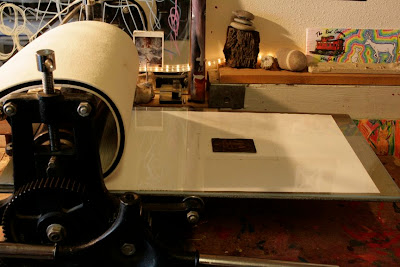









"Imagination is given to man to compensate him for what he is not; a sense of humor to console him for what he is." - Sir Francis Bacon











 This is what it looks like now after a couple monthes of growth.
This is what it looks like now after a couple monthes of growth.

 Late Summer
Late Summer

 Everybody asks me about drainage. In the little drawing above, you can see
Everybody asks me about drainage. In the little drawing above, you can see  Water draining from roof.
Water draining from roof. Door to upstairs playhouse.
Door to upstairs playhouse.
 The kids and I did sleep up here one night
The kids and I did sleep up here one night This is our only view of Big Mountain on our property -
This is our only view of Big Mountain on our property -









This hammocmk we purchased in Ecuador.
We have another chair hammock
(you can see it in the backgorund of the picture of me above)
that we bought in Nicaragua. Hammocks are a delight.
 Pretty silly, huh?
Pretty silly, huh?
Once again big, big thanks to my wood pimp,
"Balancing Axe" Jeremiah Anderson,
amazing timber framer and friend.
Check out some of the stuff he does on You Tube at:
http://www.youtube.com/watch?v=SkCWmCU4xHo
http://www.youtube.com/watch?v=8wnrgxKktqA
http://www.youtube.com/watch?v=xTWYMyJnHB8

see: http://kneelingbullmagic.blogspot.com/2007/11/shedplayhouse.html
for info regarding the earlier stages of this project
 make a template for positioning plate and paper,
make a template for positioning plate and paper, and get the press set up with blankets
and get the press set up with blankets Next, I get my ink out
Next, I get my ink out and start spreading it on to the plate -
and start spreading it on to the plate -
The rubber spatula makes it easier to spread ink
in to all the cracks and crevices of the plate.
 Now, I begin to wipe the plate.
Now, I begin to wipe the plate.I start by scraping the top layer of ink from the plate
with a piece of mat board. This removes most of the excess ink.
 Next, using a balled up piece of tarlatan,
Next, using a balled up piece of tarlatan, I wipe the plate. The surface ink gets picked up in the weave of the tartlatan
I wipe the plate. The surface ink gets picked up in the weave of the tartlatan Using my template, I place the plate on to the press bed.
Using my template, I place the plate on to the press bed.
Now, using a bent playing card to keep my inky fingers from
leaving finger maks all over my paper,
I remove the soaked paper and let it drip...
 ...and then I blot the paper dry.
...and then I blot the paper dry.
 After passing through the press,
After passing through the press, you can see the embossing of the plate
on the back side of the paper.
 Peal the the paper back from the plate
Peal the the paper back from the plateand, voila!
A Collagraph Print
 These inks take a good deal of time to dry
These inks take a good deal of time to dryso I like to give the print a week or so before
handling or framing. After that I've
an archival print that should last well beyond
my great grandchildren's lifetime.
